How Can I Dispose of Muriatic Acid Safely?
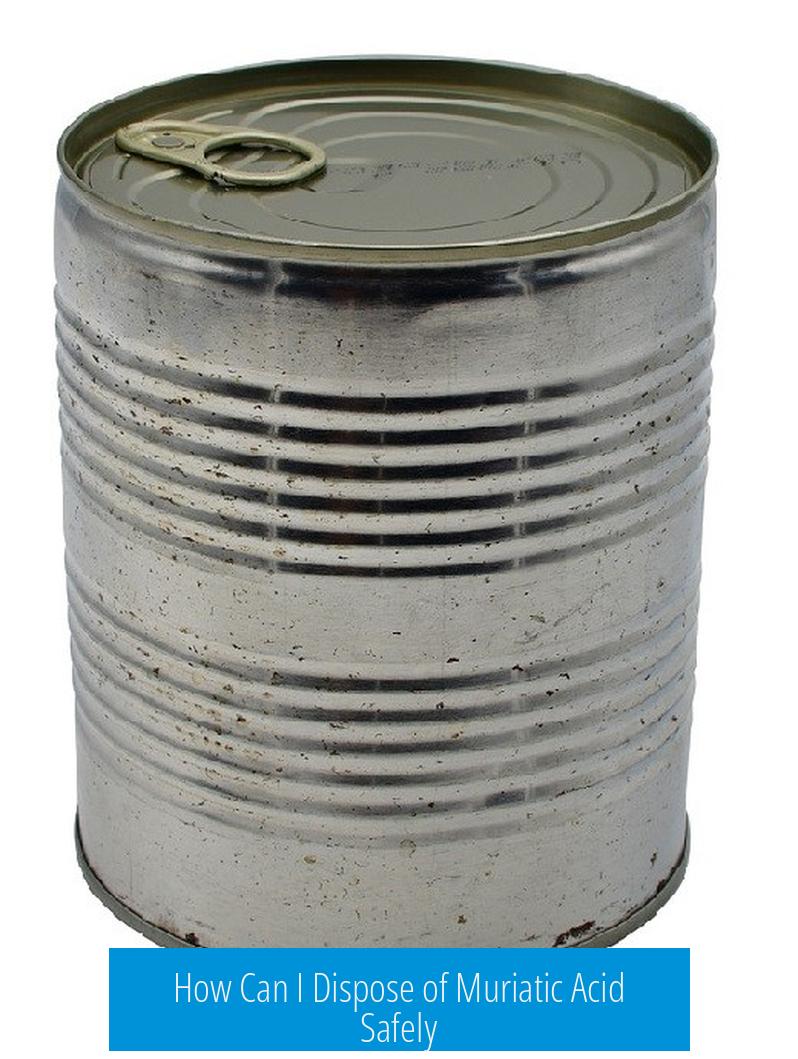
Muriatic acid, scientifically known as hydrochloric acid, requires careful disposal to prevent harm to people, animals, and the environment. The safest methods involve either diluting the acid significantly before pouring it down a drain (if local regulations allow) or neutralizing it with baking soda prior to disposal. Protective gear and environmental precautions are essential throughout the process.
Understanding Muriatic Acid
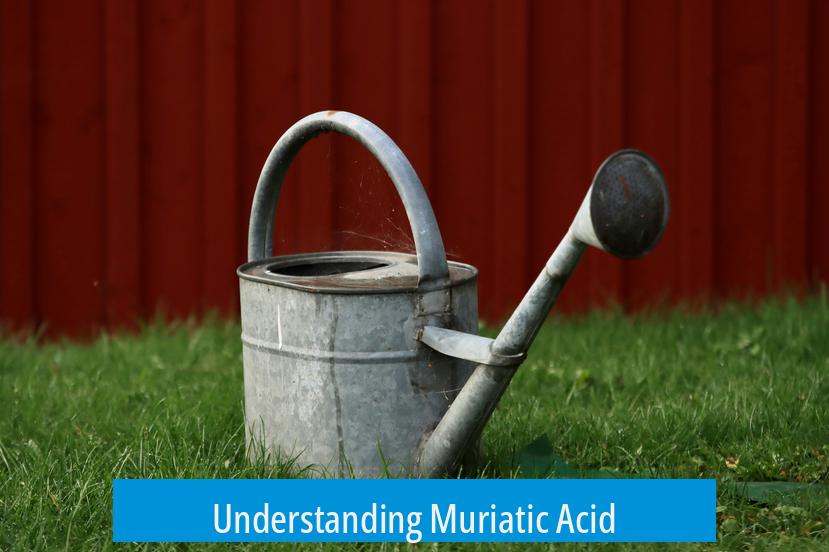
Muriatic acid is a strong, corrosive acid used in cleaning and pH adjustment. It releases harmful vapors and can damage skin or surfaces upon contact. Improper disposal can contaminate soil, water, and sewer systems.
Dilution: The Primary Disposal Method
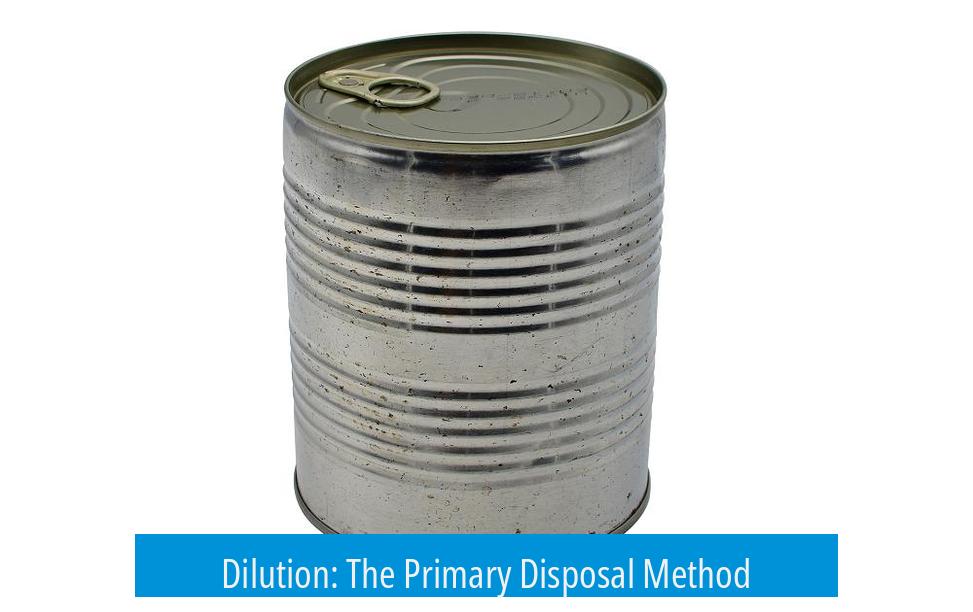
Dilution is the simplest and most common method. It weakens muriatic acid, making it safer to pour down drains connected to municipal sewage systems.
Step-by-Step Dilution Procedure
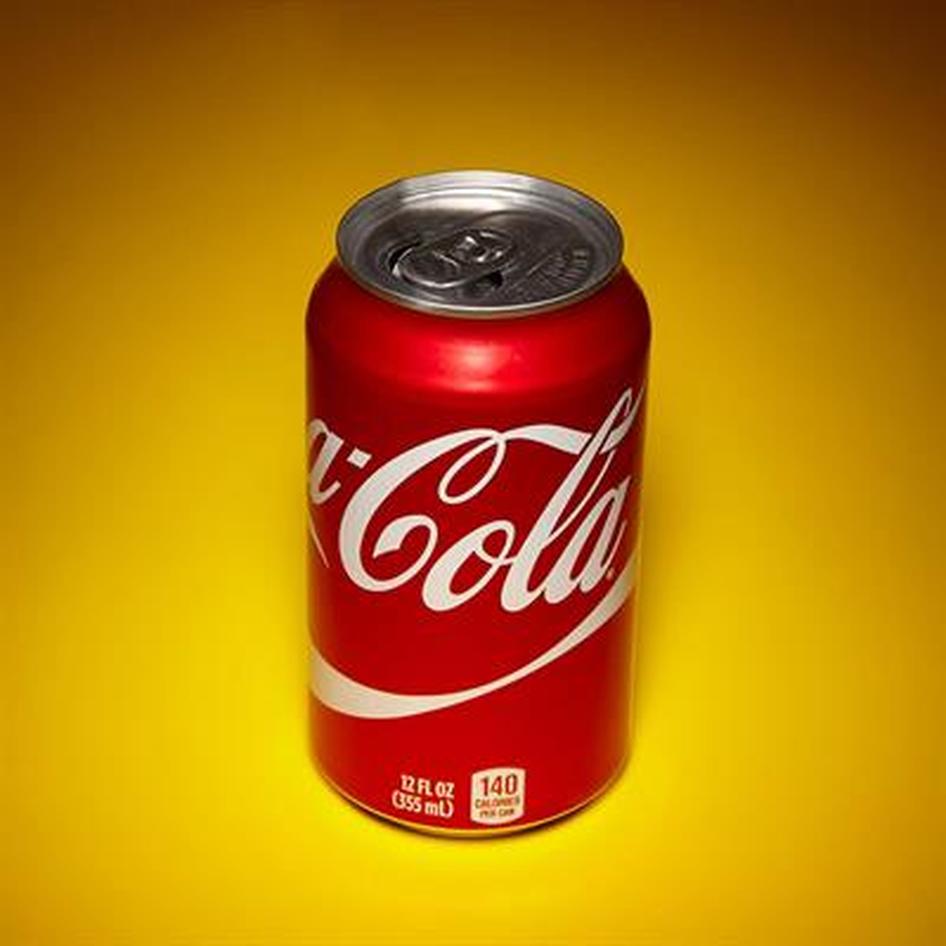
- Work outdoors or in a well-ventilated area.
- Wear nitrile gloves, safety goggles, a long-sleeved shirt, and long pants.
- Prepare a large container, ideally made of high-density polyethylene (HDPE), low-density polyethylene (LDPE), or polytetrafluoroethylene (PTFE), suitable for resisting acid corrosion.
- Place the acid container in a bucket filled with ice. This controls the heat generated during dilution.
- Add water to the acid slowly—never pour water into acid. Typically, pour 1/4 cup (approximately 59 mL) of acid into 2 gallons (7.6 L) of water.
- Stir gently and continue adding water until the mixture is around 80% full in the bucket.
- Allow the solution to cool if it heats during mixing.
- Slowly pour the diluted acid down a sink drain connected to a city wastewater system.
- Run running water for several minutes after pouring to flush any residue from pipes.
This approach is appropriate only when local wastewater regulations permit. To verify, search your city’s waste management, sewer, or wastewater disposal guidelines online.
When Dilution Is Not Suitable
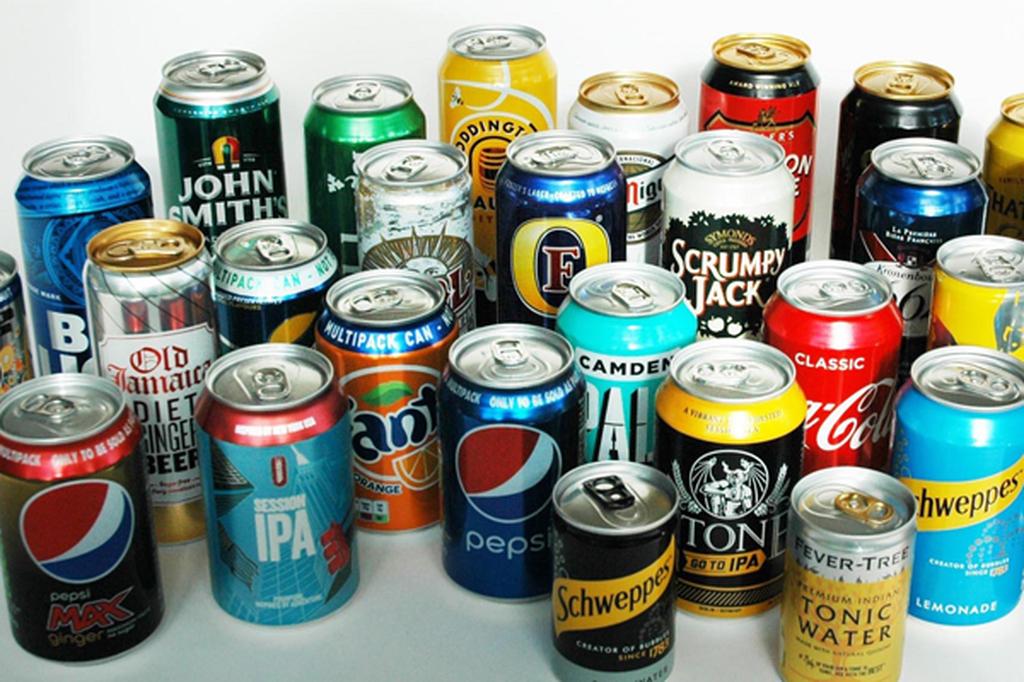
Avoid this method if you have a private septic system. Diluted acid can kill the beneficial bacteria essential for septic tank operation.
Neutralization Using Baking Soda
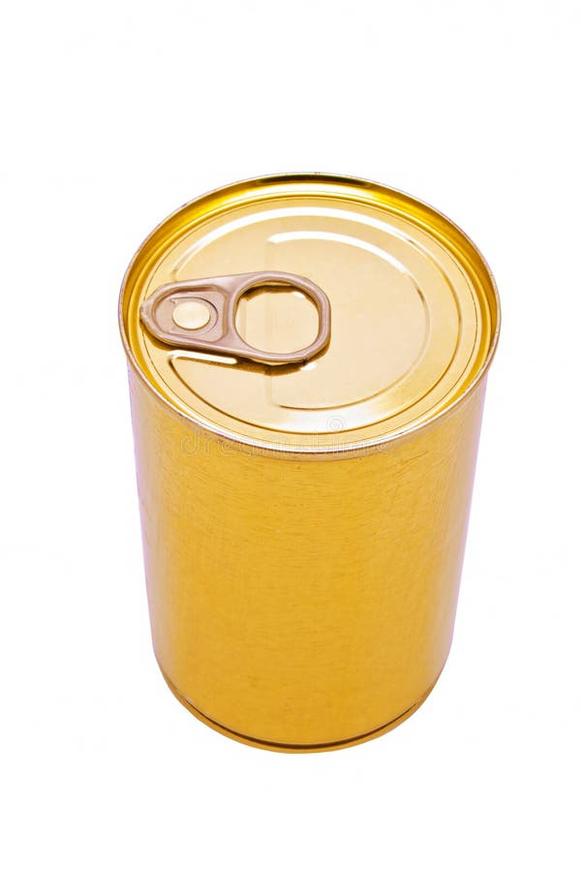
Neutralizing muriatic acid with baking soda (sodium bicarbonate) converts it into a non-hazardous saltwater solution.
Neutralization Process
- Use an acid-resistant bucket (HDPE, LDPE, or PTFE) and fill with approximately 3.5 gallons (13 L) of water.
- Mix in about 5.5 pounds (2.49 kg) of baking soda. Stir using a wooden stick.
- Add the muriatic acid slowly to prevent excessive bubbling and heat generation.
- Observe fizzing—this is carbon dioxide release as acid neutralizes.
- When fizzing stops, test pH. If it remains below 4, add small amounts of baking soda incrementally, waiting for fizzing to cease each time.
- After full neutralization, pour the solution down a sink connected to municipal sewage.
- Flush with water thoroughly afterwards.
Only neutralize small quantities. This method requires a substantial amount of baking soda per gallon of acid and is practical for household-scale disposal.
Again, avoid this if using a private septic system to prevent bacterial disruption.
Safety Precautions When Handling Muriatic Acid
Personal Protective Equipment
- Wear acid-resistant gloves, such as nitrile gloves.
- Use safety goggles to protect eyes from splashes and fumes.
- Don long-sleeved shirts and long pants to cover skin.
- Use a respirator or conduct all work outdoors or in well-ventilated spaces to avoid inhaling acid vapors.
Handling Tips
- Always add acid to water slowly; never add water to acid to avoid violent exothermic reactions.
- Keep water nearby for immediate rinsing in case of spills.
- Remove contaminated clothing immediately and wash skin thoroughly with soap and water if exposed.
Environmental Considerations
Never pour muriatic acid directly outside, into storm drains, or onto soil. The acid harms plants, wildlife, and can contaminate groundwater.
Drainage System Warnings
Disposal is only safe via city sewage systems, provided local regulations allow. Acid impacts bacteria crucial for septic tank function and may corrode some plumbing.
General Warnings
- Do not mix muriatic acid with other cleaning agents, especially bleach products, as this produces toxic chlorine gas.
- Use only plastic containers resistant to acid corrosion such as HDPE, LDPE, or PTFE for any solutions involving muriatic acid.
Flushing Residues and Clean-Up
After disposing of diluted or neutralized muriatic acid, rinse any containers or tools multiple times to remove residues. Flushing the area with water helps prevent acid build-up or accidental exposure later.
A typical clean-up sequence may include:
- Rinsing the bucket or container at least three times.
- Flushing each rinse solution down the drain with plenty of water.
- Continuing to flush the drain itself with water five times after disposal to remove lingering acid.
Storage and Reuse of Muriatic Acid
If muriatic acid remains uncontaminated, proper rebottling allows reuse. Use durable, acid-resistant containers and keep them tightly sealed, labeled, and stored in a well-ventilated, secure area.
Reused acid can be valuable for tasks such as pH testing or dissolution experiments in controlled environments.
Summary: Key Takeaways for Safe Disposal of Muriatic Acid
- Dilution: Slowly mix acid into large volumes of water outdoors using protective gear; pour down city-connected drains only after confirming local regulations.
- Neutralization: Use baking soda to fully neutralize small volumes before disposal; suitable only for municipal sewage systems.
- Protective Gear: Always wear gloves, goggles, long sleeves, and respiratory protection.
- Environmental Impact: Avoid dumping acid outside, in storm drains, or septic tanks due to soil and water damage.
- Flushing: Rinse containers thoroughly and flush drains with water after disposal.
- Storage: Store unused acid safely in acid-resistant containers for future use.
How Can I Dispose of Muriatic Acid Safely?
The short and bold answer is: DILUTE IT PROPERLY, NEUTRALIZE IF NEEDED, AND DISPOSE OF IT RESPONSIBLY. Muriatic acid, a more common name for hydrochloric acid, is powerful stuff. But when treated right, it’s not just manageable—it’s safe to dispose of without turning your sink into a chemical war zone.
Let’s unpack this, step by step, like a cautious chemist making sure the lab doesn’t blow up. Because safety first, folks!
Why Muriatic Acid Disposal is a Big Deal
Imagine you pour concentrated muriatic acid down your kitchen sink without thinking twice. Not only are you flirting with chemical burns, but your pipes could suffer too. The acid vapors can sting your eyes and nostrils, and the environment definitely doesn’t appreciate such a careless approach. So, handling and disposing of muriatic acid safely is non-negotiable.
Step 1: Dilution—Your Best Friend
Your primary way to neutralize the hazard is to dilute; think of it as watering down the menace until it becomes just “slightly tart water.” This means adding the acid slowly to a much larger amount of water. Pouring acid into water, rather than the other way, is crucial because mixing water into acid can trigger a violent, heat-producing reaction. So, listen carefully to this chemistry 101 rule.
Here’s how to do it: take your acid container outside, put on nitrile gloves and safety glasses, and work in an open area—a fume hood isn’t likely available in your garage. Place the acid container inside a much bigger bucket filled partially with ice to keep things cool because the acid’s reaction with water can heat up quickly, enough to splash acid on you if you’re not careful.
Slowly fill the acid container with water, letting the diluted acid overflow gently into the bucket below. Keep adding water until the bucket is about 80% full. This creates a solution diluted by a factor of about 100. At this level, the acid’s danger drastically reduces, making it safe to pour down the drain—provided you’re hooked up to a city sewage system, not a septic tank.
But Why Not Dump It in Septic Tanks or Outside?
Good question. Muriatic acid harms the friendly bacterial life in septic tanks that are essential for breaking down waste. Pouring it outside can kill plants, contaminate soil, and leach into water sources. Storm drains also lead untreated water directly into rivers, wreaking havoc on aquatic ecosystems. So, toss that thought out—disposal must align with environmental safety rules.
Step 2: Neutralization With Baking Soda (Sodium Bicarbonate)
Neutralizing muriatic acid is like putting out a fire with a fire extinguisher—a chemical way to calm the sting. Baking soda, a kitchen staple, makes for an excellent neutralizer. If your acid solution’s pH is below 4, add baking soda gradually. You’ll see fizzing bubbling, which is carbon dioxide gas escaping as the acid reacts with the baking soda. Add it slowly to keep things controlled.
Once the bubbling stops, the acid is neutralized, meaning it’s safe to pour down the drain or even use in your yard without risk to plants. Here’s a practical tip: neutralize small quantities because it takes approximately 5.5 pounds of baking soda for each gallon of muriatic acid. For large amounts, neutralization becomes impractical—and hazardous waste disposal becomes the better route.
Step 3: Safety Gear—Suit Up Like a Pro
Before you even think about handling muriatic acid, suit up with safety goggles, acid-resistant gloves, a long-sleeved shirt, and long pants. This isn’t because acid is a diva needing special treatment; it’s because it can cause serious chemical burns and irritation. Consider wearing a respirator or ensure you’re working in an open, well-ventilated area since the fumes aren’t something you want to sniff.
Also, always keep your hands and arms away from your face while working. If you spill any, rinse immediately with plenty of water, and change contaminated clothes. Ever heard the advice “don’t bring dangerous chemicals home”? Almost sounds obvious, but it bears repeating—avoid mixing cleanup with laundry!
Step 4: Dispose or Reuse? Your Options
Once diluted or neutralized, small quantities are usually safe to flush down the toilet or sink. Flush the drain thoroughly with water multiple times afterward to dilute any residue. If you used a bucket, wash it three times and flush the rinse water as well.
But what about leftover muriatic acid? Don’t be so quick to toss it. It’s a handy chemical for cleaning brick, concrete, tiles, and even balancing pool pH. For example, applying a diluted acid solution on concrete stains or soap scum on tile then scrubbing can bring surfaces back to life. Just remember, always dilute before use, and rinse well after cleaning.
For anyone with more than just a tiny bit left, hazardous waste disposal locations are your best bet. Many cities offer recycling programs for such chemicals. Avoid pouring large amounts down any drain. Trust me, your pipes and local water systems will thank you.
What If I Don’t Have a City Sewer System?
If you’re on a septic system, neither diluted nor neutralized acid is a good idea. Instead, collect the acid and take it to a hazardous waste disposal facility. This prevents damage to your septic system and avoids environmental contamination.
Common Missteps to Avoid at All Costs
- Never add water to acid; always add acid to water.
- Don’t mix muriatic acid with other cleaning products, especially bleach—this produces deadly chlorine gas.
- Avoid dumping acid outside, down storm drains, or into septic tanks.
- Use only acid-resistant containers like HDPE, LDPE, or PTFE plastics for mixing and storage.
Final Thoughts: Why Take All These Steps?
Muriatic acid disposal isn’t just about avoiding burns or pipe damage. It’s about protecting the environment, local waterways, and ecosystems. A little caution prevents big trouble. And if you ever feel unsure or have a large quantity on hand, turning to your local hazardous waste facility is wise.
In short, take a deep breath (away from the acid fumes), suit up in your gloves and goggles, dilute slowly over ice, neutralize with baking soda if you prefer, and flush responsibly. You’re not just disposing of acid—you’re acting as a chemical steward of your home and planet.
So now you know how to say goodbye to muriatic acid safely, without turning your cleanup into a hazardous adventure. Handle it with care. Dispose of it with respect. And your pipes and plants will keep thriving.
How do I dilute muriatic acid safely before disposal?
Put on safety gear outside. Use an acid-resistant bucket filled with water. Slowly add acid to water, never the opposite. Use ice to control heat if needed. Fill until well diluted, then pour down the drain if local rules allow.
Can I neutralize muriatic acid with baking soda before disposal?
Yes. Add baking soda slowly to acid until fizzing stops. This neutralizes it. Use proper plastic containers and stir. Once neutral, pour down the drain in city sewage systems only, not septic tanks.
What protective gear is essential when handling muriatic acid?
Wear acid-resistant gloves, goggles, a long-sleeved shirt, and pants. Use a respirator or work outdoors in fresh air. These precautions prevent burns from splashes and fumes.
Is it safe to pour diluted muriatic acid outside or in a storm drain?
No. Pouring acid outside harms plants, soil, and groundwater. Storm drains lead to natural water bodies; dumping acid there damages ecosystems and is illegal.
Can I dispose of muriatic acid in a septic system?
No. Muriatic acid kills beneficial bacteria in septic tanks. Avoid disposing acid there. Instead, neutralize and dispose via city sewers if permitted.


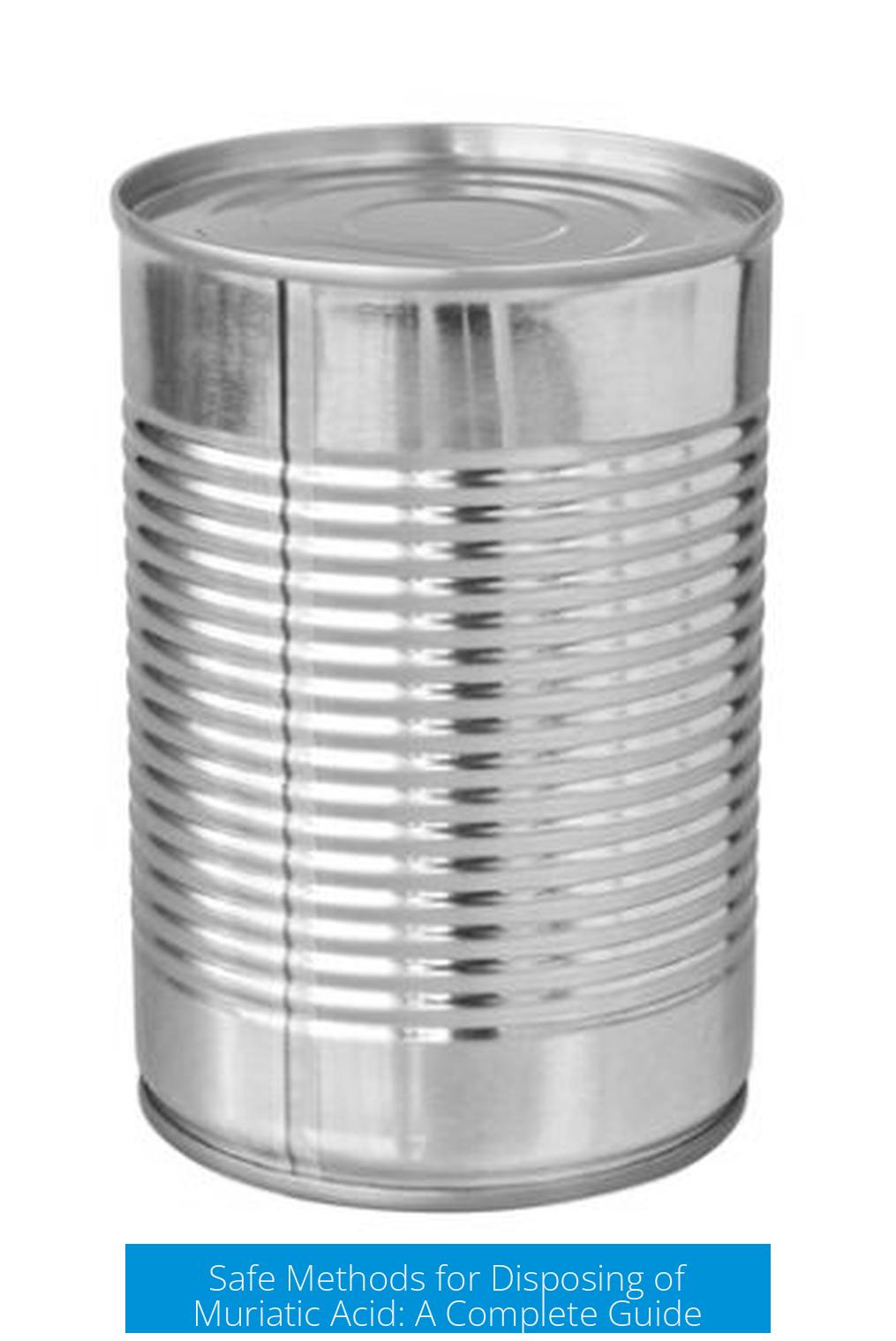
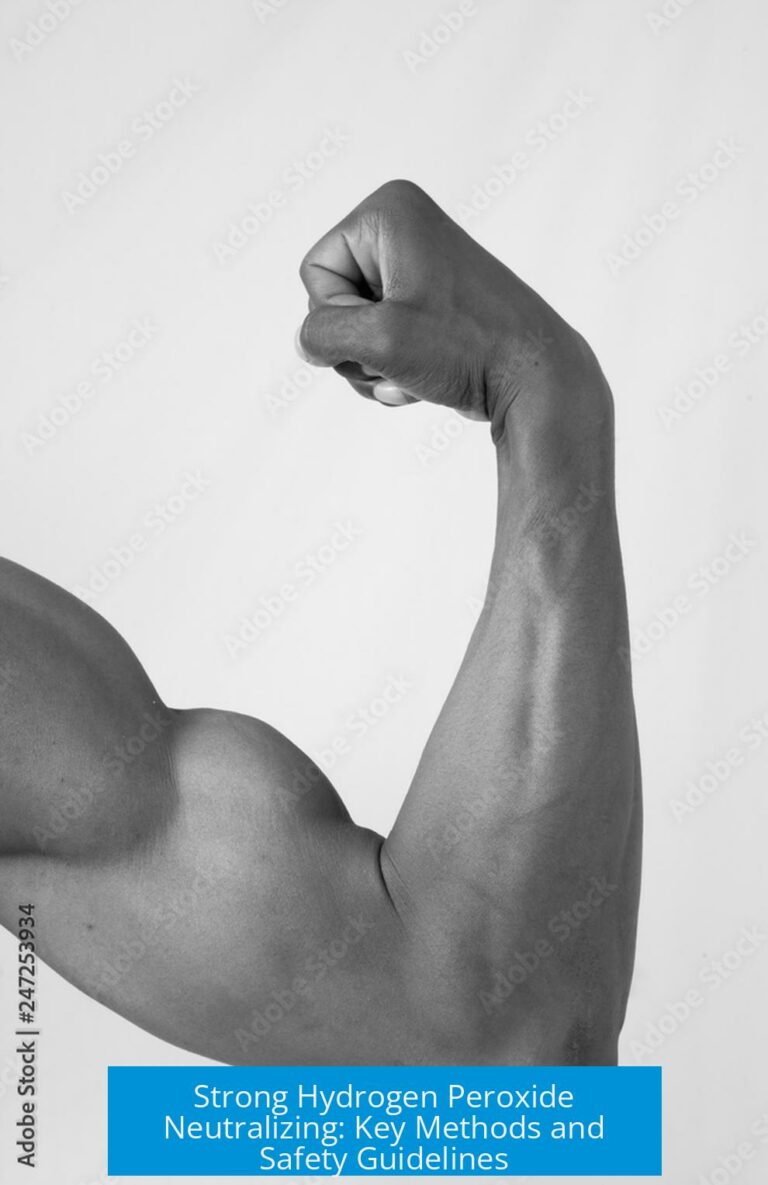
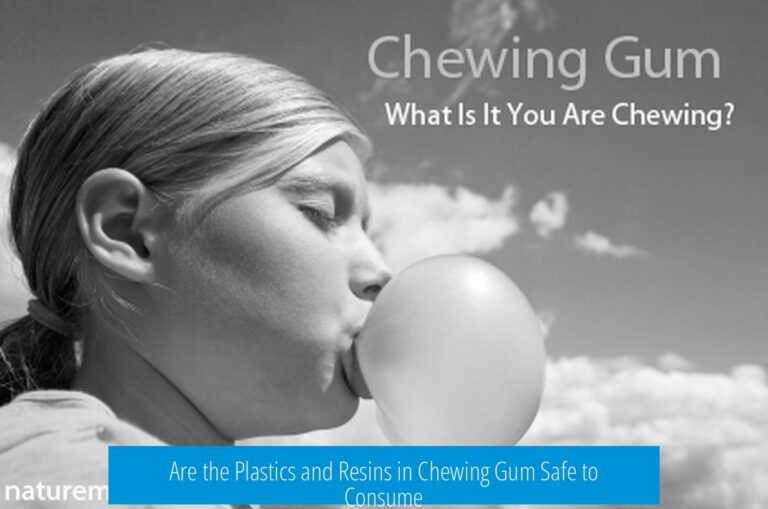
Leave a Comment